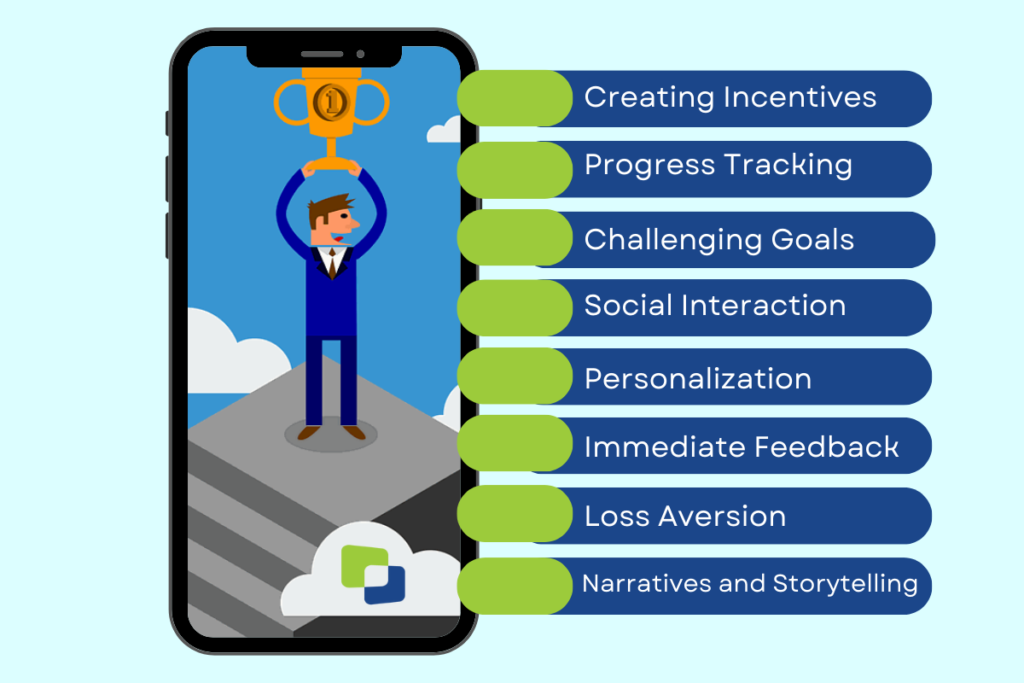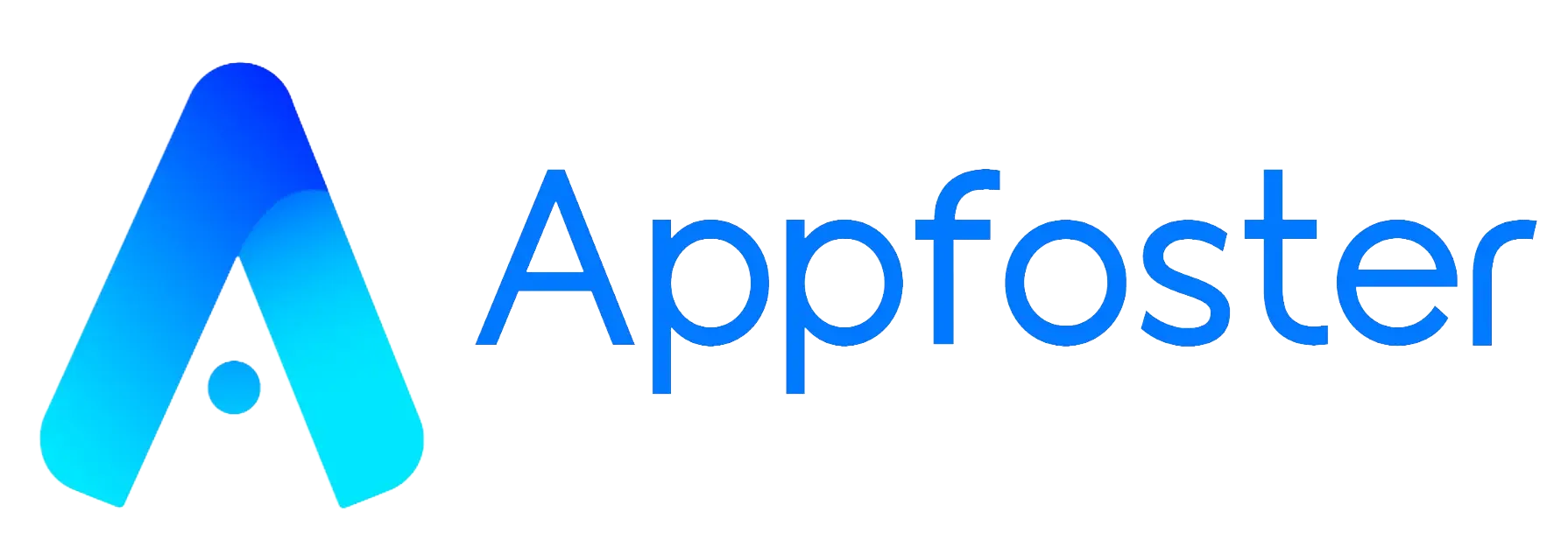Explore New Era of App Interaction with Gamification & Psychology

Mobile apps have become incredibly significant in our day-to-day routines. They perform a variety of functions, such as entertaining us and aiding our productivity. However, given the plethora of apps available, developers must creatively capture our attention and maintain our usage. Recently, two intriguing strategies have gained traction- gamification and behavioral psychology. In this blog, we’ll explore how blending these approaches can completely transform app aesthetics and enhance our desire to use them. Essentially, it’s about captivating our interest and directing our actions purposefully!
Understanding the Terms
Gamification is like adding game stuff, such as challenges, rewards, and points, to things that aren’t games. It’s all about using our natural desire to win, connect with others, and get better at stuff. Therefore, App makers use these game elements to make their apps super interesting and to keep us hooked.
Now, onto behavioral psychology. This is about studying why we do the things we do and what makes us tick. It’s like deciphering our choices and finding ways to persuade us to behave in specific ways. App designers use these psychological tricks to get us to do certain things in their apps.
So, when these two things come together, app magic happens. Developers mix game fun and psychology smarts to make us really into their apps and do things they want us to do. It’s all about grabbing our attention and getting us to stick around!
How to incorporate it into mobile apps
Getting People Hooked
Developers can use rewards to make users like their app more. For example, they can give out points, badges, or virtual money when users finish tasks or reach goals in the app. As a result, This makes users feel good and releases a happy chemical called dopamine in their brains, which makes them want to use the app again.
Tracking Progress
Adding things like progress bars, levels, or trackers can help users see how well they’re doing in the app. This works because people like to feel like they’re getting better at stuff. So, when users see their progress, they want to keep using the app to reach their goals. Thus, It’s like a game where you want to win!
Making it Personal
People are motivated by different things, and psychology tells us that. Apps can use this by giving users experiences that match what they like and how they act. For instance, if the app gives challenges that fit the user’s skill, it keeps them from getting frustrated and makes them want to keep going.
Quick Response
Telling users how they’re doing right away is important. Consequently, It helps users feel like they’re in charge and know what’s happening. When users get good feedback, they want to do more of the good stuff. And when they get advice on how to do better, they can improve how they use the app.
Avoiding Losses
Psychology shows that we really don’t like losing things. App makers can use this by making features where users might lose something if they don’t use the app often. For instance, if users don’t do stuff in the app for a while, they could lose the points they earned.
Telling Stories
People love stories, it’s in our nature. Apps can use this by adding story parts to how they look. This makes users feel connected and more interested in the app. Infact, Users who care about the app’s story are more likely to come back and use it.

Impacting Different Industries
Gamification isn’t just for fun – it’s making big changes in various fields. Let’s see how it’s shaking things up.
Education
Edtech Apps use gamification to make learning exciting. They add games and quizzes and even track how well each student is doing. As a result, this gets students more involved and helps them remember better.
Finance
Even money is getting the gamification treatment. Fintech apps use it to get people to save money, spend wisely, and understand finances. They do this by giving rewards, showing progress, and helping users set money goals.
Healthcare
Health apps are using gamification to make staying healthy fun. They encourage things like exercise and taking medicine on time. This way, taking care of your health becomes like a game, and you even get rewards.
Marketing
Businesses use gamification to get people excited about their products. They run contests and loyalty programs that feel like games. This helps customers get more involved, know the brand better, and do what the business wants.
Real Estate
Even looking for a new place to live can become a game. Real estate apps use gamification to show houses and apartments in cool ways, like virtual tours. They also give rewards to people who explore lots of options.
Retail
E-store apps are using games to make customers stick around. They offer fun loyalty programs, challenges, and special deals that make people want to buy stuff and connect with the store.
Travel
Traveling gets a game twist too. Travel companies use gamification in their apps to make trips cooler. Eventually, they give rewards for going to new places, finishing travel plans, and sharing stories about their adventures.
What’s Ahead
The future of combining app games and psychology is full of possibilities. As technology gets better and we learn more about how people think, things are gonna get interesting. We’re talking about cool stuff like augmented reality (AR) and virtual reality (VR) making games feel even more real. You could play games that mix the digital world with the real world!
And, when we bring in artificial intelligence (AI), things get even smarter. Apps could change based on what each person likes and needs, making the game part even more fun and personal.
Certainly! The world of gamification is poised to experience remarkable growth. Predictions indicate that it will surge from being worth $9.1 billion in 2020 to an impressive $30.7 billion by 2025, signifying a remarkable increase of approximately 27.4% annually. This growth is largely driven by the widespread adoption of smartphones and mobile devices, which contributes significantly to the soaring popularity of gamification. Furthermore, an increasing number of individuals are recognizing the practicality of gamification in enhancing productivity and sustaining interest. Moreover, this recognition stems from the realization that gamification is a powerful tool for making people work better and stay engaged.
( Source: marketsandmarkets.com )
Wrapping it Up
Mixing gamification and psychology tricks is an effective way to get people interested and make them do things differently. When developers know what makes people tick, they can make apps that really connect with them. Consequently, This keeps people using the apps and doing things the app wants.
But, remember, gamification should be done carefully. It’s important to think about what people like and what’s respectful in different cultures. If it’s done right, this mix of strategies can turn apps from simple tools into something that changes people’s lives in a good way.
Appfoster is your go-to for enhancing your app’s appeal. Through the blend of gamification and behavioral psychology, we offer expert guidance to create tailored strategies that engage users. Also, our creative design and user-centric approach ensure an exciting and appealing app. With us, your app can make a meaningful impact on users’ lives, whether for learning, health, or enjoyment.
So, if you want your app to stand out and really make an impact, let Appfoster be your partner in bringing the magic of gamification and psychology to your app.



